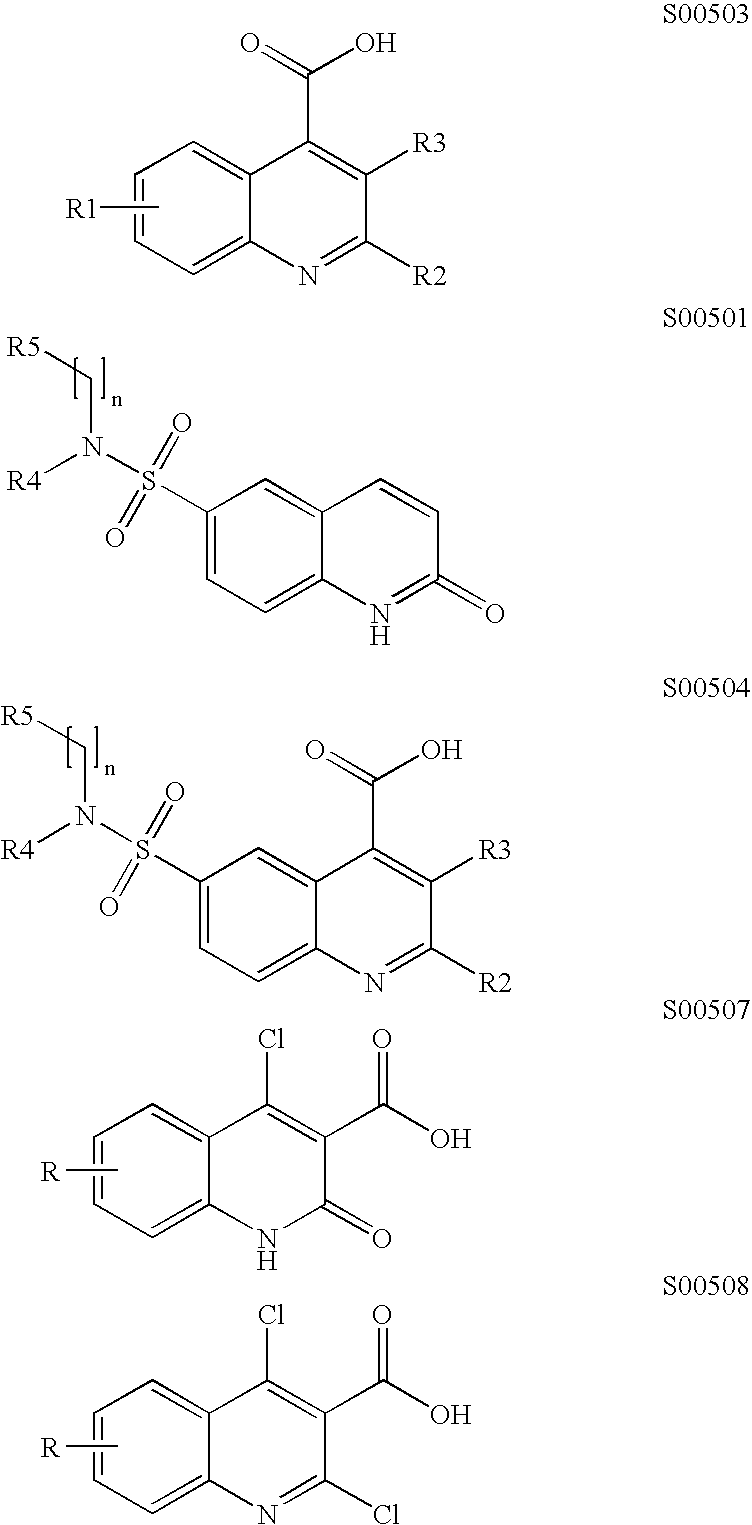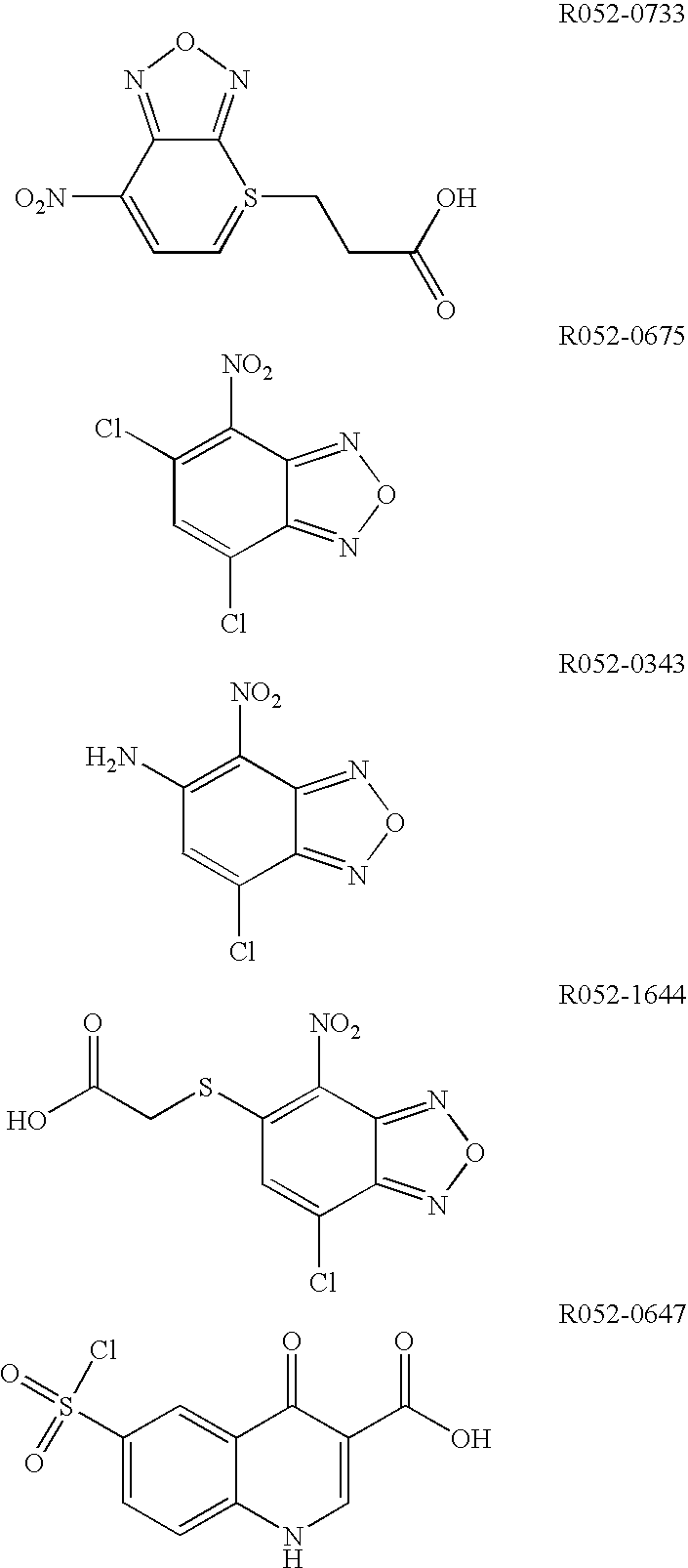Novel sequences encoding hepatitis C virus glycoproteins
- Summary
- Abstract
- Description
- Claims
- Application Information
AI Technical Summary
Benefits of technology
Problems solved by technology
Method used
Image
Examples
Embodiment Construction
Definitions
[0071] As used in this application, except as otherwise expressly provided herein, each of the following terms shall have the meaning set forth below.
[0072]“Administering” shall mean delivering in a manner which is effected or performed using any of the various methods and delivery systems known to those skilled in the art. Administering can be performed, for example, topically, intravenously, pericardially, orally, parenterally, via implant, trans-mucosally, transdermally, intradermally, intramuscularly, subcutaneously, intraperitoneally, intrathecally, intralymphatically, intra-lesionally, or epidurally. An agent or composition may also be administered in an aerosol, such as for pulmonary and / or intranasal delivery. Administering can also be performed, for example, once, a plurality of times, and / or over one or more extended periods.
[0073]“Attachment” of HCV or a pseudovirion to a target cell shall mean the process that is mediated by the binding of the HCV envelope...
PUM
| Property | Measurement | Unit |
|---|---|---|
| Length | aaaaa | aaaaa |
Abstract
Description
Claims
Application Information
 Login to View More
Login to View More - R&D
- Intellectual Property
- Life Sciences
- Materials
- Tech Scout
- Unparalleled Data Quality
- Higher Quality Content
- 60% Fewer Hallucinations
Browse by: Latest US Patents, China's latest patents, Technical Efficacy Thesaurus, Application Domain, Technology Topic, Popular Technical Reports.
© 2025 PatSnap. All rights reserved.Legal|Privacy policy|Modern Slavery Act Transparency Statement|Sitemap|About US| Contact US: help@patsnap.com



